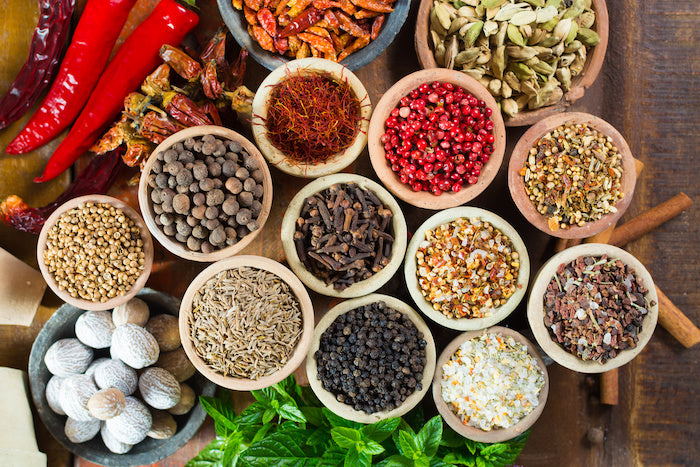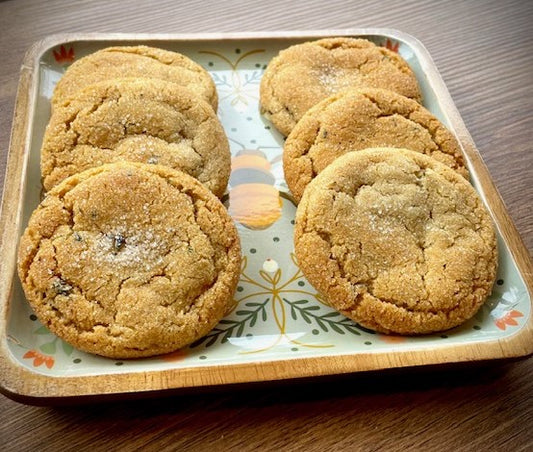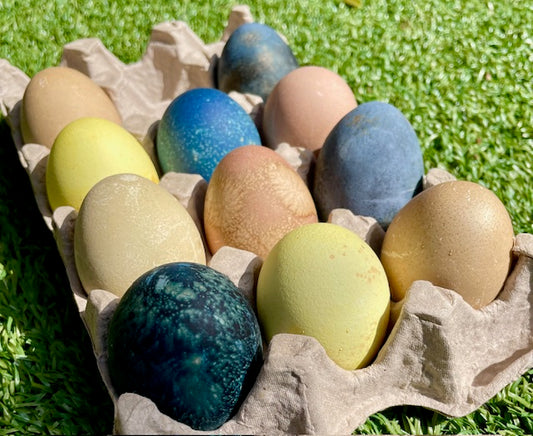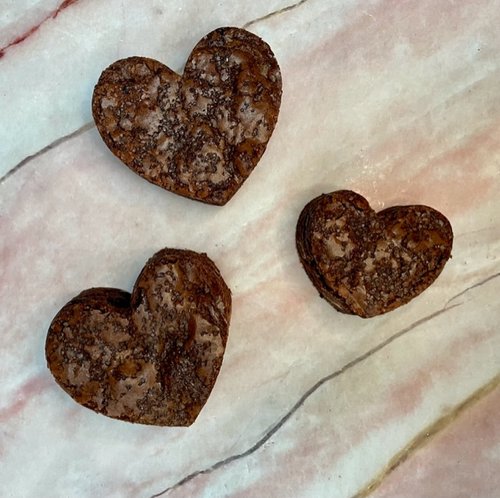Middle Eastern cuisine, renowned for its rich and aromatic flavors, owes much of its allure to a vibrant array of spices. These aromatic treasures not only enliven dishes but also tell tales of ancient culinary traditions. Join us on a journey through some of the most common spices that define Middle Eastern cooking, and the delectable dishes they grace.
Cinnamon (Qirfa)
Cinnamon, with its warm, sweet-spicy notes, is a cornerstone of Middle Eastern cuisine. It's used in both savory and sweet dishes, imparting a distinctive aroma and flavor.
Signature Dish: Lamb Mansaf
Cinnamon is a key player in this iconic Jordanian dish, where it infuses the rice with a subtle, sweet fragrance that beautifully complements the tender lamb.
Sumac
Sumac is a reddish-purple spice that imparts a tangy, lemony flavor to dishes. It's often used as a seasoning and garnish in Middle Eastern cuisine.
Signature Dish: Fattoush Salad
Sumac adds a zesty kick to this refreshing Lebanese salad, enhancing the flavors of the fresh vegetables and crispy pieces of pita.
Cumin (Kamoun)
Cumin seeds, with their warm, earthy flavor, are a staple in Middle Eastern cooking. They are used in a wide variety of dishes, from stews to rice pilafs.
Signature Dish: Falafel
Cumin seeds lend their distinctive flavor to these beloved chickpea fritters, creating a harmonious blend of spices.
Coriander (Kuzbara)
Ground coriander is a versatile spice with a citrusy, slightly sweet flavor. It's a common component in spice blends and adds depth to Middle Eastern dishes.
Signature Dish: Shakshuka
Coriander enhances the flavor of the tomato sauce in this popular North African and Middle Eastern dish of poached eggs, creating a fragrant and flavorful experience.
Turmeric (Kurkum)
Turmeric, known for its vibrant golden hue, is a versatile spice used in Middle Eastern cuisine. It adds a warm, earthy flavor to dishes.
Signature Dish: Kebabs
Turmeric is a key component of the marinade for Middle Eastern kebabs, infusing the meat with a beautiful color and a subtle, aromatic warmth.
Nutmeg (Juz al-Ṭīb)
Nutmeg is a fragrant spice known for its warm, nutty flavor. It's used sparingly in Middle Eastern dishes to add depth and complexity.
Signature Dish: Rice Pudding (Muhalabiya)
A touch of nutmeg elevates the flavor of this creamy dessert, creating a delightful contrast to the sweetness.
Saffron (Za'faran)
Saffron is a precious spice known for its vibrant color and delicate, floral flavor. It's used to add a touch of luxury to Middle Eastern dishes.
Signature Dish: Persian Rice (Chelow)
Saffron-infused rice is a staple in Persian cuisine, where it adds a beautiful golden hue and an exquisite aroma to the meal.
Cardamom (Hill)
Cardamom is a fragrant spice with a sweet, floral flavor. It's used to add depth to both sweet and savory Middle Eastern dishes.
Signature Dish: Arabic Coffee (Gahwa)
Cardamom pods are a key ingredient in this traditional Middle Eastern coffee, infusing it with a delightful aromatic essence.
Paprika (Filfil Ahmar)
Paprika is a vibrant red spice known for its mild, slightly sweet flavor. It's used to add color and flavor to a variety of Middle Eastern dishes.
Signature Dish: Muhammara
Paprika is a key ingredient in this popular Syrian dip, providing a smoky, slightly spicy flavor that complements the roasted red peppers and walnuts.
Cloves (Qaranful)
Cloves are pungent, aromatic flower buds that add a warm, sweet-spicy flavor to Middle Eastern dishes. They are often used in rice dishes, stews, and desserts.
Signature Dish: Ma'amoul
Cloves are a crucial component of these traditional Middle Eastern pastries, where they enhance the flavor of the date or nut filling.
Embark on a Culinary Adventure
These spices are just a glimpse into the rich tapestry of flavors that Middle Eastern cuisine has to offer. From the warmth of cinnamon in a hearty Mansaf to the zesty kick of sumac in a crisp Fattoush Salad, each dish is a testament to the artistry of Middle Eastern cooking. So, grab your mortar and pestle, and embark on a culinary adventure through the vibrant world of Middle Eastern spices. Your taste buds will thank you!




